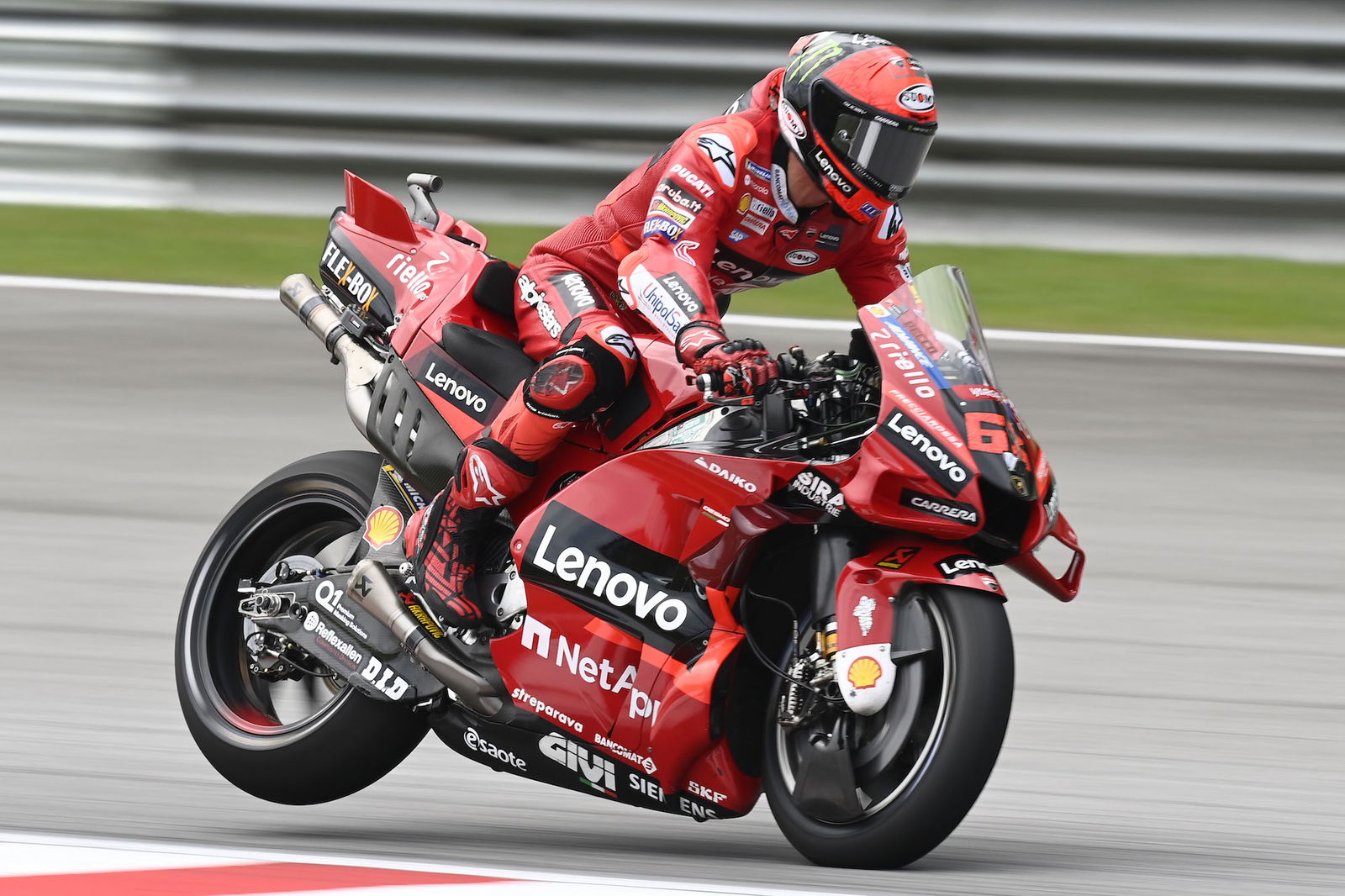The recurring MotoGP question posed by Fabio Quartararo's MX crash
Fabio Quartararo's motocross crash leads once again to the question of whether MotoGP riders should be allowed by their teams to ride dirt bikes.

The broken wrist of Fabio Quartararo opens once again the question of whether MotoGP teams should let their riders train on motocross bikes.
MotoGP is the pinnacle of motorcycle racing, but unlike other sports and forms of racing it does not allow for practicing with the same equipment that is used in competition. Similar considerations also apply to Moto3 and Moto2 riders, who are not allowed to train with 250cc motorcycle in the case of the former or with Triumph-built 765cc three-cylinders in that of the latter.

Part of the reason for this is to keep costs down and not create a preparation divide based on finances. Especially in the lower categories it is not necessarily a guarantee that all of the riders will be able to afford a standard Moto3 practice bike or a 765cc Triumph. There are also considerations about the cost of renting a track, which is not insignificant.
Therefore, it is necessary for MotoGP riders to find alternative ways to train. Some riders don’t train much with motorcycles at all. Current Yamaha test rider Cal Crutchlow, for example, did most of his training with a bicycle, and current Aprilia rider Aleix Espargaro is similar.
Others, though, prefer to have the throttle in their hand and find it beneficial to keep ‘bike-sharp’. Since training on asphalt is limited mostly to minibikes, dirt tracks are preferred when a little more power is desired.
Valentino Rossi has his Motor Ranch featuring two flat track layouts and a motocross track, and there are also several locations that riders based in Spain like to visit, such as Rocco’s Ranch, which in November hosted its winter TT event featuring riders such as WorldSBK-bound 2021 Moto2 World Champion Remy Gardner.
The idea is that riding dirt tracks helps to build bike and throttle control, since there is less grip on dirt than with asphalt and - particularly in the case of motocross - the surface can be quite uneven, which tests bike a rider’s bike control.
However, as Fabio Quartararo has proven this week, training on dirt can have its downsides. The 2021 MotoGP World Champion crashed on Monday on a motocross track and broke his wrist, meaning he will be out of action for a few weeks over the winter. His preparation will be disrupted, but with no operation required there should be little worry about his ability to be fit for the first MotoGP tests at Sepang in February.
Quartararo has not been the only one out riding dirt bikes, of course. Jack Miller was out racing a dirt bike in Australia recently; Marc and Alex Marquez has been training with motocross bikes; the aforementioned Remy Gardner is racing in November; and there were of course numerous riders at the aforementioned Motor Ranch for the 100km dei Campione last month. But, those go mostly unreported because there was no negative outcome.
Still, Quartararo’s crash opens the door once again for the question to be asked: should MotoGP riders be allowed to use motocross to train?
The obvious answer is ‘no’, since motocross is a dangerous sport where much of the danger - at least in the context of practice motos - is presented by the reality of the discipline itself, rather than by negative parts of a discipline that might be able to be eradicated, like in MotoGP. Former professional motocross and supercross racer Jason Thomas appeared on the Paddock Pass Podcast earlier this year in February and agreed that motocross is not of benefit to circuit racers.
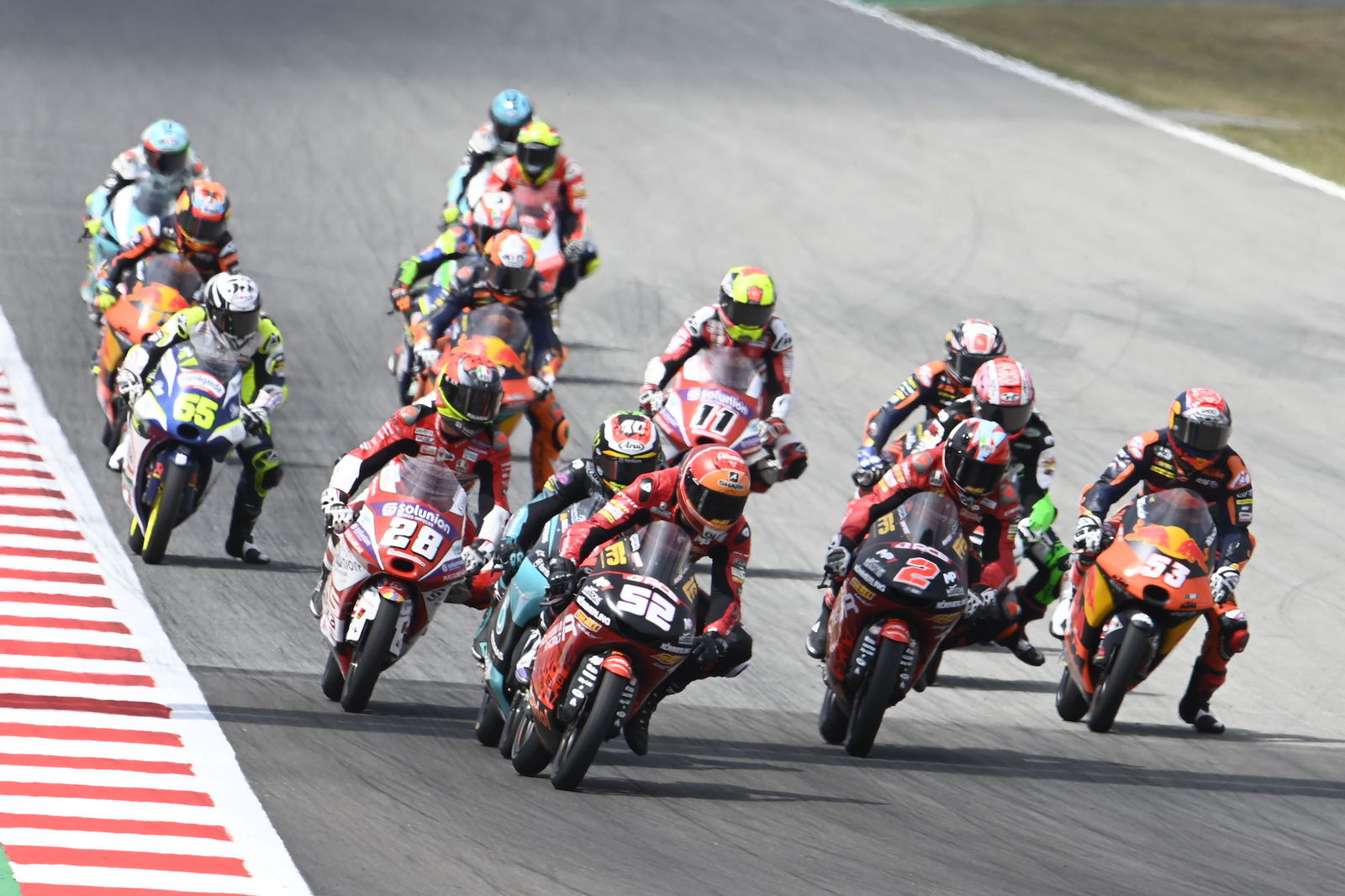
In asphalt racing, the danger is high in the race because if you crash while in a pack of riders there can often be little anyone can do once the initial crash has happened to avoid further contact between a fallen rider and those behind. There are of course other dangers that are inherent from riding at speeds on occasion in excess of 320kph, but it is the danger of falling in the pack that presents the greatest, most unmanageable risk.
When riding motocross for practice, the majority danger is presented by the track, by how it changes, how it becomes uneven, and the challenge those things present to both the bike and the rider. There is also the danger of a motor cutting out on a take-off ramp, and this is a risk that presents itself to any rider when they ride motocross, and not something that even the top factory teams in the world have much control over beyond ensuring proper maintenance and preparation on the bikes.
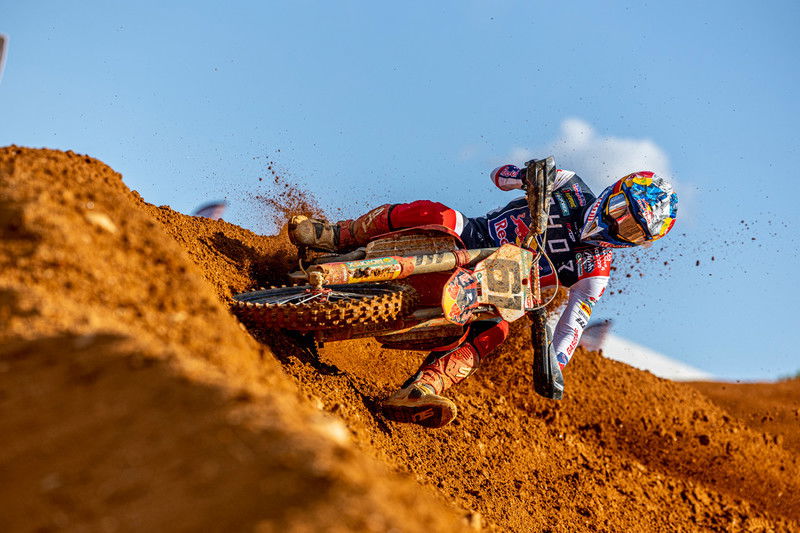
So, the danger is there in motocross, there is no doubt about that. It is also there for motocross riders, who often ride multiple days of motocross and/or supercross (in the US, at least) per week during a season when they race more than 50% of the weekends in the year.
The obvious difference between a professional motocross racer riding motocross during the week and a MotoGP rider doing the same is that if a MotoGP rider could ride their MotoGP bike for practice, they probably would, also because - as it does in motocross - it means more testing opportunities.
In the reverse scenario of a motocross rider trying to ride a MotoGP bike for practice, the benefits would be negligible at best, because MotoGP is less of a test of rider skill than motocross. That’s not to say that MotoGP, or asphalt racing in general, is not a test of rider skill, of course, but the reality is that the rider can make more of a difference in motocross than MotoGP because motocross is about primarily about the relationship between the rider and the track, and the bike fits into that secondarily; but MotoGP is about the relationship between the tyres and the track, and the bike and rider fit into that secondarily.
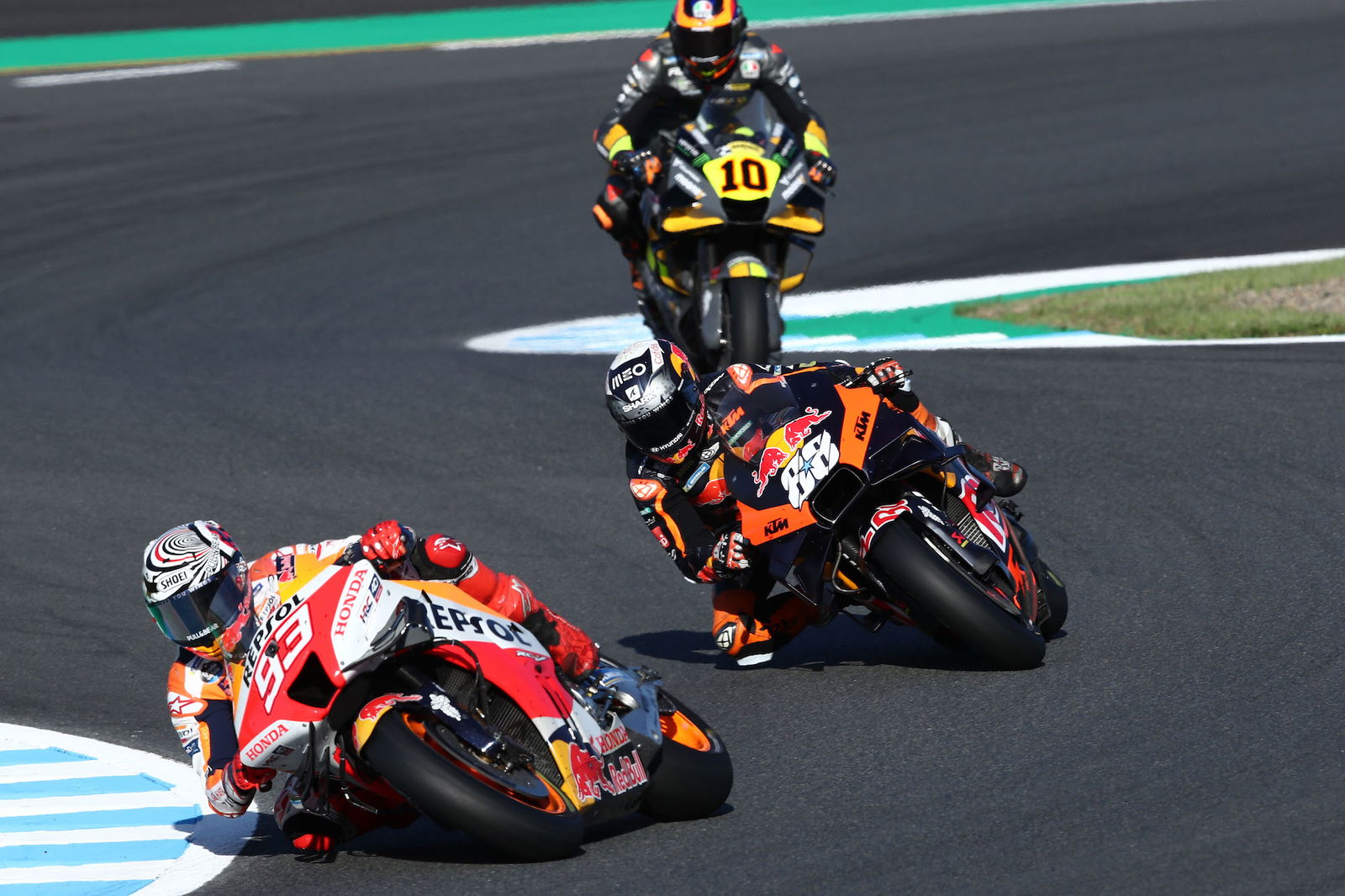
Even Marc Marquez cannot overcome the deficiencies of the current Honda RC213V, and so the greatest rider of at least the past 10 years can finish outside of the top five and it can be seen as something which is quite normal. On the other hand, Eli Tomac moved to Yamaha in 2022 and won the brand’s first premier class AMA Supercross title since 2009, and it was seen as a normal thing because Tomac is one of the greatest riders of the past 10 years.
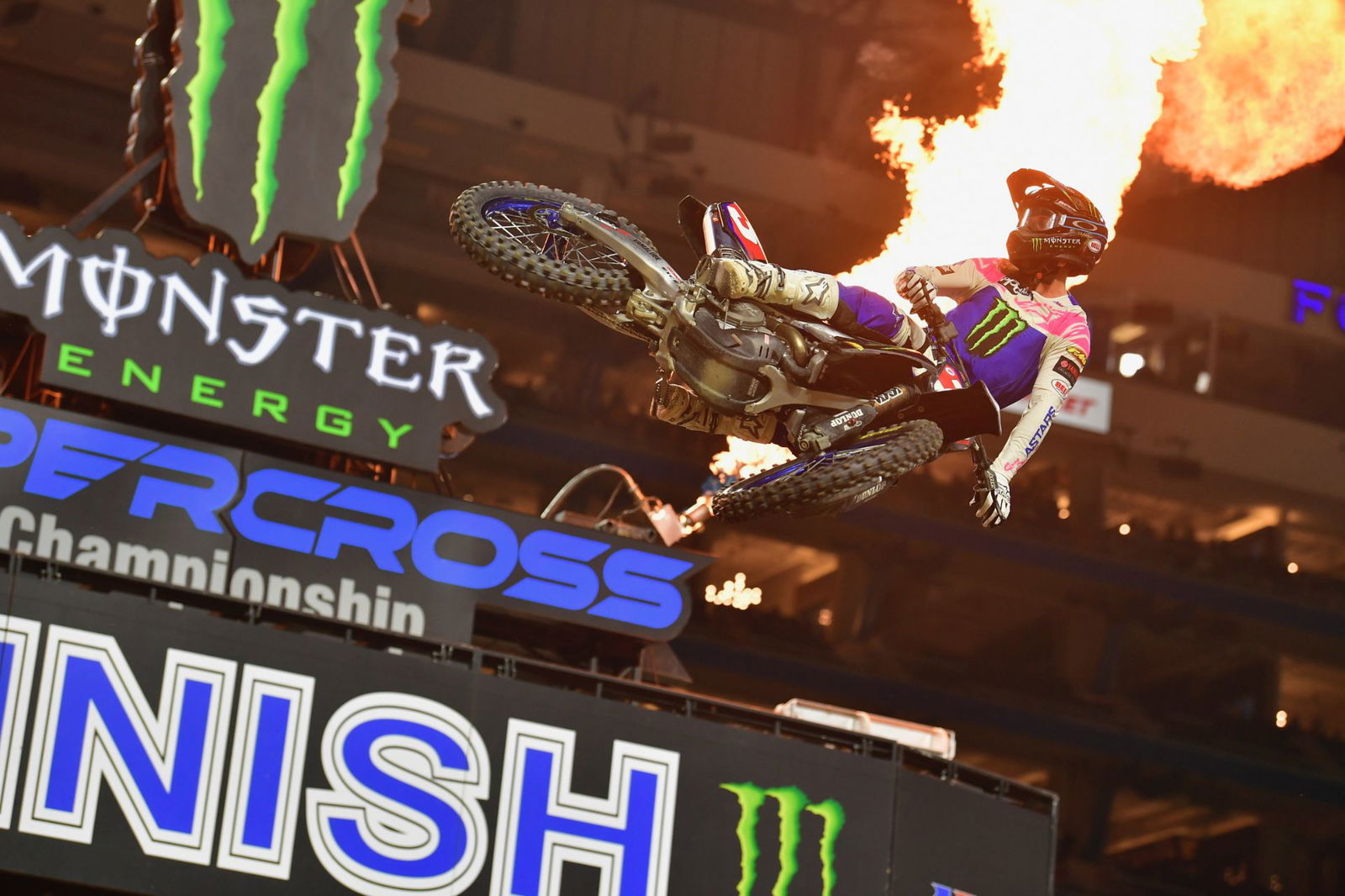
All of that to say that motocross helps even the best riders to maintain, if not improve, their bike skill and control, which is transferable across disciplines.
If the opinion of the aforementioned Jason Thomas is accurate, however, that MotoGP riders do not benefit from motocross training, then the only reason left for MotoGP racers to ride motocross is that it is fun.
This seems irrelevant, but if you enjoy riding your motorcycle and your employer took you into the office one day and said you needed to stop riding it because it is more risky than driving a car and they don’t want you out of work and in a hospital bed recovering from broken bones, you would quite rightly be quite angry with your employer.
In the case of a MotoGP rider being told by their employer to stop riding motocross because it is too risky, an angry reaction would also be fair and the relationship would be damaged, which is not beneficial to either team nor rider considering the risks involved with racing MotoGP and physical, mental, and emotional stresses involved with being a top-level sportsperson.
It seems like a dangerous path for a MotoGP team to go down to start restricting how riders train when that training is also a source of enjoyment.
Whether motocross is seen as a genuine way for a rider to improve their bike skill, or whether it is seen simply as a method for people to enjoy themselves, the almost guaranteed outcome of a team stopping its riders from riding motocross being the collapse of the team-rider relationship seems like an unnecessary one against what is in reality a relatively small risk of injury.

